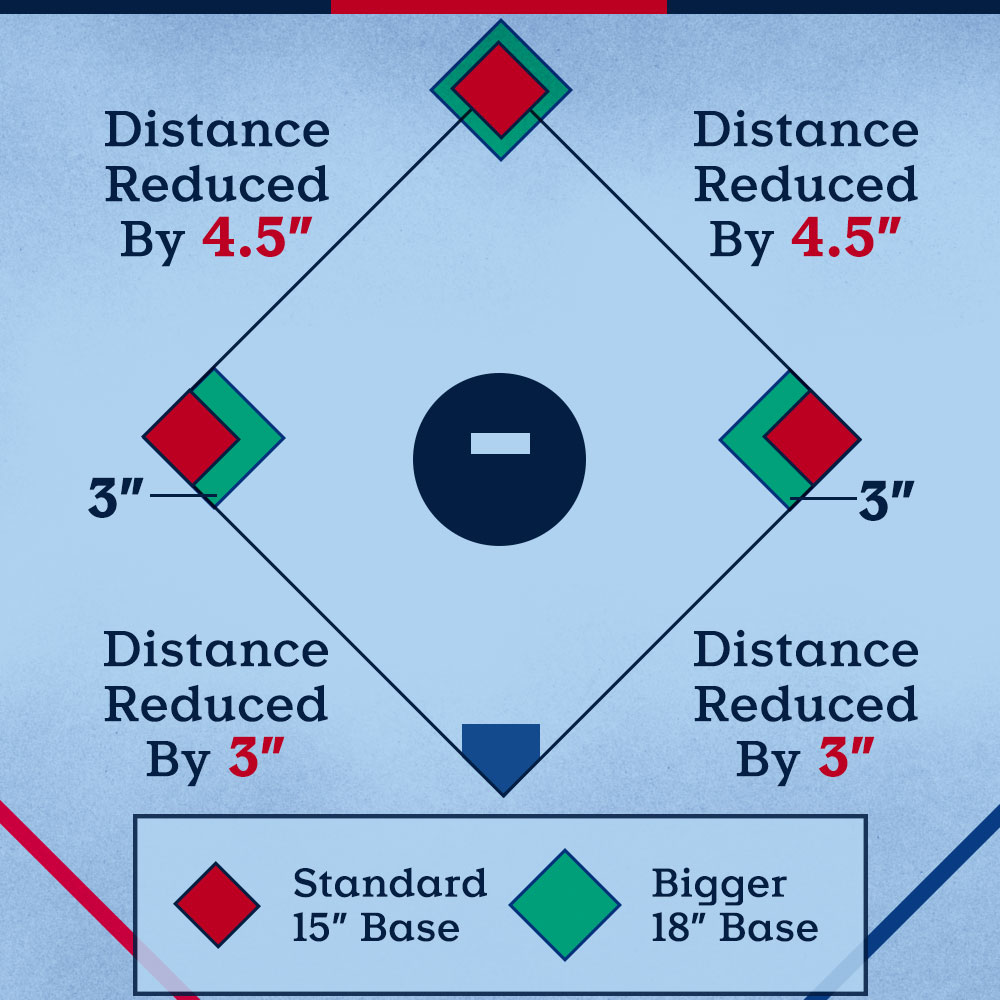
How Are Total Bases Counted In Baseball
Unlocking the Secrets of Total Base Calculations in Baseball
Imagine the crack of the bat, the crowd roaring, and a player rounding the bases with fervor—a quintessential baseball moment. These instances contribute to a key offensive metric: Total Bases. This article demystifies Total Bases calculation in baseball, a vital tool for appreciating a player’s offensive might.
Understanding Total Bases
Total Bases stand as a cornerstone among offensive baseball metrics. It’s a numerical representation of the accumulation of a player’s hits, encapsulating singles, doubles, triples, and home runs. This statistic provides insight into a player’s ability to produce game-changing hits and, ultimately, runs.
- Single = 1 Base
- Double = 2 Bases
- Triple = 3 Bases
- Home Run = 4 Bases
With roots deep in baseball’s history, Total Bases have painted portraits of legendary performances. A player sprinting for a triple or casually trotting around the bases after a home run—all these are brush strokes in the art of baseball scoring rules.
Understanding how to count Total Bases enriches our appreciation for the game and sets the stage for delving into how they’re tallied up.
Calculating Total Bases
Calculating Slugging Percentage goes hand in hand with Total Bases calculation baseball. To compute Total Bases, one simply assigns values to each hit type:
- Singles: Multiply by 1
- Doubles: Multiply by 2
- Triples: Multiply by 3
- Home Runs: Multiply by 4
Then, add them all up. Let’s say a player hits two singles, a double, and a home run in a game:
- 2 Singles (2 * 1) = 2 Bases
- 1 Double (1 * 2) = 2 Bases
- 1 Home Run (1 * 4) = 4 Bases
- Total Bases = 8 Bases
Through this lens, we observe not just the quantity of hits, but their quality. Total Bases shine a spotlight on a player’s contribution to the team’s offensive firepower.
The Implications of Total Bases in Baseball Strategy
Why count Total Bases? They’re a telltale sign of a player’s offensive prowess—extra base hits statistics reveal a hitter’s capacity to drive in runs and change the course of a game. Scouts and managers utilize these figures to weave strategies and construct rosters, ensuring a lineup rife with potent bats.
Players with burgeoning Total Bases are often the architects of their teams’ victories, swinging the pendulum in crucial moments. Managers depend on these metrics to make calculated decisions—pinch-hitting a slugger or formulating the batting order.
The ripple effect of Total Bases transcends individual accolades, influencing team tactics and long-term planning.
Total Bases in Baseball Records and Milestones
Total Bases have etched names into the annals of baseball, with record holders for these numbers often revered in the sport. Achieving Total Base milestones, such as joining the exclusive 3,000 Total Bases Club, is a testament to a player’s enduring excellence and a beacon for aspiring talent.
Lou Gehrig’s resounding 792 Total Bases in 1927, for example, stands as a monument to his historic prowess at the plate. Such milestones are not mere numbers—they narrate the saga of baseball’s greatest feats.
By comparing Total Bases, we glean a clearer picture of how sluggers stack up against each other, providing context for Hall of Fame deliberations and debates among fans.
Conclusion
From the raw excitement of extra-base hits to the strategic implications for teams, Total Bases are a fundamental aspect of baseball statistics. This article has journeyed through the essence of Total Bases, from their definition to their role in baseball lore.
As the season unfolds, keep an eye on this pivotal stat. It just might reveal the next legend in the making. Now, let’s head to the FAQs for some quick answers to common curiosities.
FAQs
What constitutes a Total Base in baseball?
A Total Base is earned for any hit—a single (1 base), double (2 bases), triple (3 bases), or home run (4 bases).
How do you calculate a player’s Total Bases?
Multiply the number of each type of hit by its respective base value, then sum them up for the Total Bases.
Why are Total Bases important in baseball?
Total Bases metric exemplifies a player’s offensive impact, indicating their ability to contribute runs and influence games.
How do Total Bases differ from batting average?
While batting average measures hit frequency, Total Bases reflect the quality and power of those hits.
Can Total Bases impact a player’s value?
Absolutely. Players with high Total Bases are often considered more valuable for their run-producing potential.



.png?fit=642%2C1024&ssl=1)

